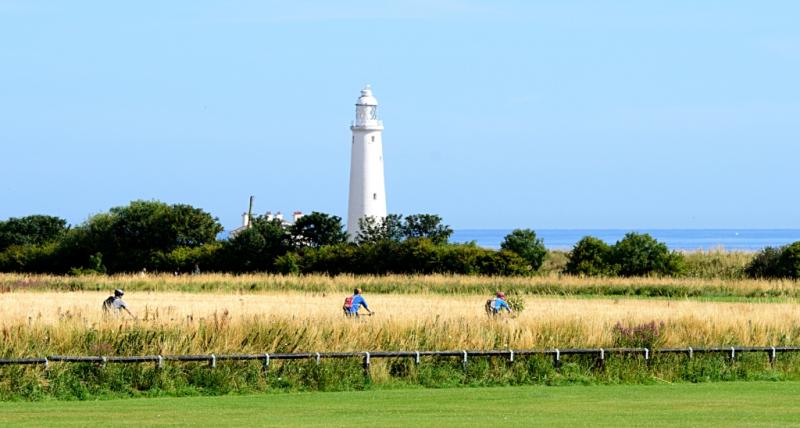
Residents are being asked for their views on the future of cycling in North Tyneside - building on its massive growth and the major investment in making the highways network safer.
Cabinet last night (15 January) approved a four-week engagement process on North Tyneside Council’s draft cycling strategy, which sets out how it will continue to help more people in the borough cycle more easily and often.
It is aimed at getting more people to take part in everyday cycling, which has a number of benefits for people’s health and the environment, and, wherever possible, improving the infrastructure of the borough to support the increasing popularity of cycling.
The plan also aims to ensure that design guidance is in place so that the council’s infrastructure investment is in line with current and emerging best practice.
Cllr John Harrison, cabinet member for Housing and Transport, said: “Through Our North Tyneside Plan, the Local Plan and the North Tyneside Transport Strategy, we have emphasised that cycling is an important means of transport.
“Replacing motorised journeys with cycling trips will make our transport system more sustainable.
“We also know that cycling is an extremely healthy form of exercise and higher levels of cycling will fully support the aims of our Health and Wellbeing Strategy and help contribute to the 150 minutes of physical activity per week, recommended for adults by the UK Chief Medical Officers.
“The level of cycling in North Tyneside has trebled in the past decade - and we need build on this success.
“Taking a strategic approach to cycling is important and can contribute to many aspects of our plans and strategies.”
It explains how the council will achieve its aims by:
• Delivering and supporting cycling initiatives which support health, safety and sustainability, e.g. cycling training
• Developing a network of routes suitable for everyday cycling, designed in line with good practice
• Improving connectivity between cycling and other forms of transport, making it easier to cycle as part of a longer journey
• Using digital information to improve the operation of the highway network and supporting cycling and walking (e.g. improving co-ordination of traffic signals and travel time monitoring)
• Designing cycling into highways and infrastructure investment and regeneration projects
The council will now launch an engagement process to ask residents, user groups and key stakeholders for their views.
Have your say on the draft strategy here: http://my.northtyneside.gov.uk/category/1226/cycling-strategy
ENDS
